No products in the cart.
3D printed functional things for your Litter-Robot 3
Your Cart:
$0.00
Subtotal: $0.00
0
Cart
0
No products in the cart.
LR Things LLC is not affiliated or endorsed by Litter-Robot or Automated Pet Care Products LLC. The registered trademarks used on this website belong solely to the companies described.

The Protector for LR3
$64.99
Add to cartThe Protector for LR3
$64.99
The Protector for LR3
$64.99
When there is a battle a Protector is called upon to help defeat the enemy. In this case that enemy happens to be your furry buddies causing mischief and mayhem on an expensive piece of electronic equipment that we would rather they don’t mess around with. With multiple cats comes multiple problems.
I have my original obsessed cat Linc who thinks the Litter-Robot is his Precious and likes to get in the LR for a spin (and bat some poos and pees too) when it’s cycling. I originally had a Full Shield which stopped him from getting in but then my orange beast Oliver decided he needed to start digging litter out. So out of necessity The Protector was born of two other parts, the Half Guard and the Alt Shield! Together they keep the enemy out and litter and waste in.
UPDATE! We’ve changed how our clips are made to make them stronger and more durable!
Clips for any Guard will only come in BLACK (regardless of what is pictured).
Alt Shield
Description
Half Guard
Description
Ships in about 2-3.5 weeks
Ships in about 2-3.5 weeks
Color Gallery - View photos of all our color options!This is an aftermarket product made and supported by LR Things and not an original Litter-Robot accessory.
Ships in about 2-3.5 weeks
Product Description
UPDATE! We’ve changed how our clips are made to make them stronger and more durable!
Clips for any Guard will only come in BLACK (regardless of what is pictured).
When there is a battle a Protector is called upon to help defeat the enemy. In this case that enemy happens to be your furry buddies causing mischief and mayhem on an expensive piece of electronic equipment that we would rather they don’t mess around with. With multiple cats comes multiple problems.
I have my original obsessed cat Linc who thinks the Litter-Robot is his Precious and likes to get in the LR for a spin (and bat some poos and pees too) when it’s cycling. I originally had a Full Shield which stopped him from getting in but then my orange beast Oliver decided he needed to start digging litter out. So out of necessity The Protector was born of two other parts, the Half Guard and the Alt Shield! Together they keep the enemy out and litter and waste in.
5 reviews for The Protector for LR3
Add a review Cancel reply
How does 3D printing work?
Every 3D printer builds parts based on the same main principle: a digital model is turned into a physical three-dimensional object by adding material a layer at a time. This where the alternative term Additive Manufacturing comes from.
3D printing is a fundamentally different way of producing parts compared to traditional subtractive (CNC machining) or formative (Injection molding) manufacturing technologies.
In 3D printing, no special tools are required (for example, a cutting tool with certain geometry or a mold). Instead the part is manufactured directly onto the built platform layer-by-layer, which leads to a unique set of benefits and limitations
From here, the way a 3D printer works varies by process. For example, desktop FDM printers melt plastic filaments and lay it down onto the print platform through a nozzle (like a high-precision, computer-controlled glue gun). Large industrial SLS machines use a laser to melt (or sinter) thin layers of metal or plastic powders.
The available materials also vary by process. Plastics are by far the most common, but metals can also be 3D printed. The produced parts can also have a wide range of specific physical properties, ranging from optically clear to rubber-like objects.
Depending on the size of the part and the type of printer, a print usually takes about 4 to 18 hours to complete. 3D printed parts are rarely ready-to-use out of the machine though. They often require some post-processing to achieve the desired level of surface finish. These steps take additional time and (usually manual) effort.
This was copied from 3DHubs, for more information please visit them!
| Weight | .3125 lbs |
|---|---|
| Dimensions | 10 × 7 × 0.25 in |

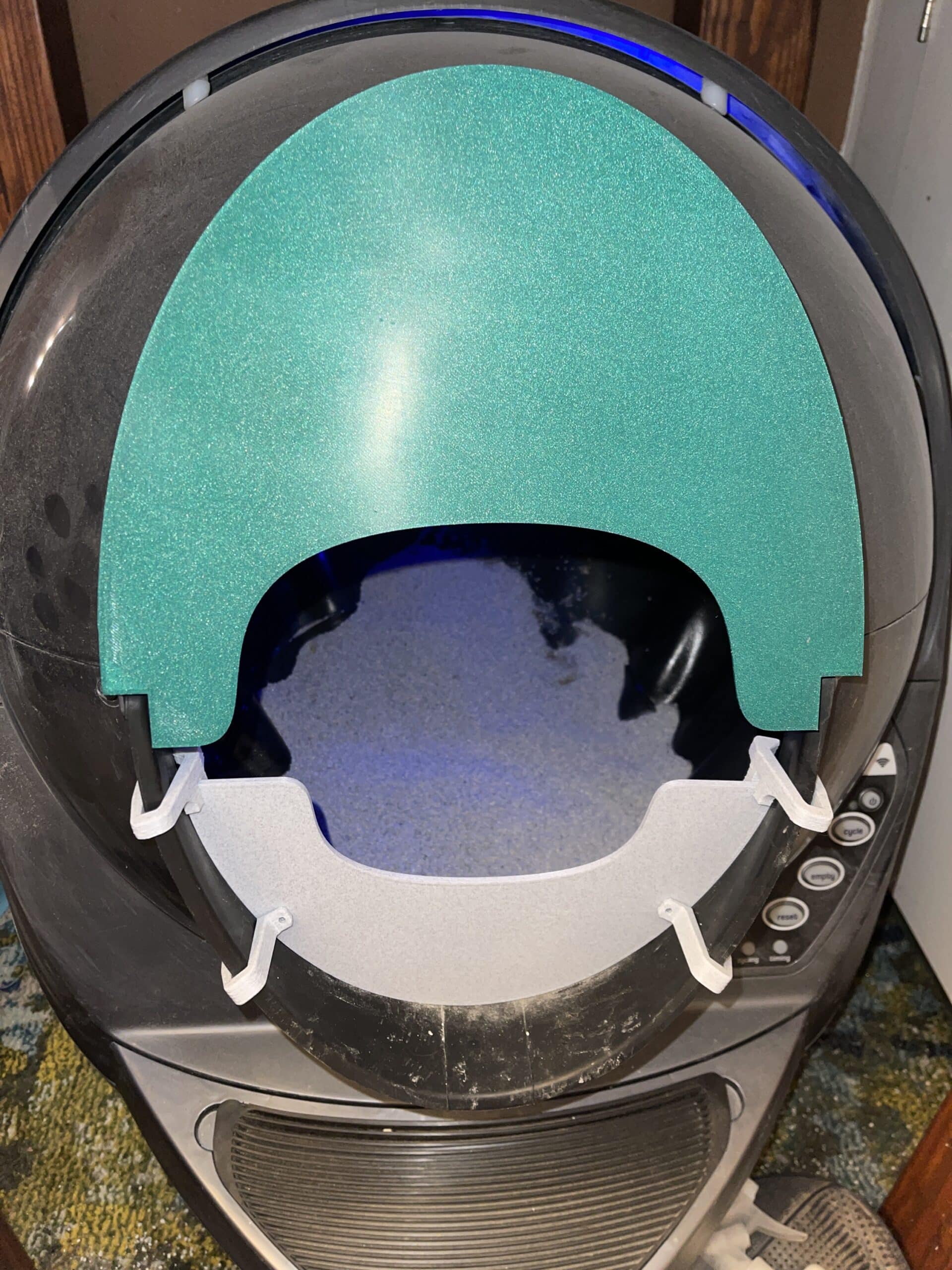
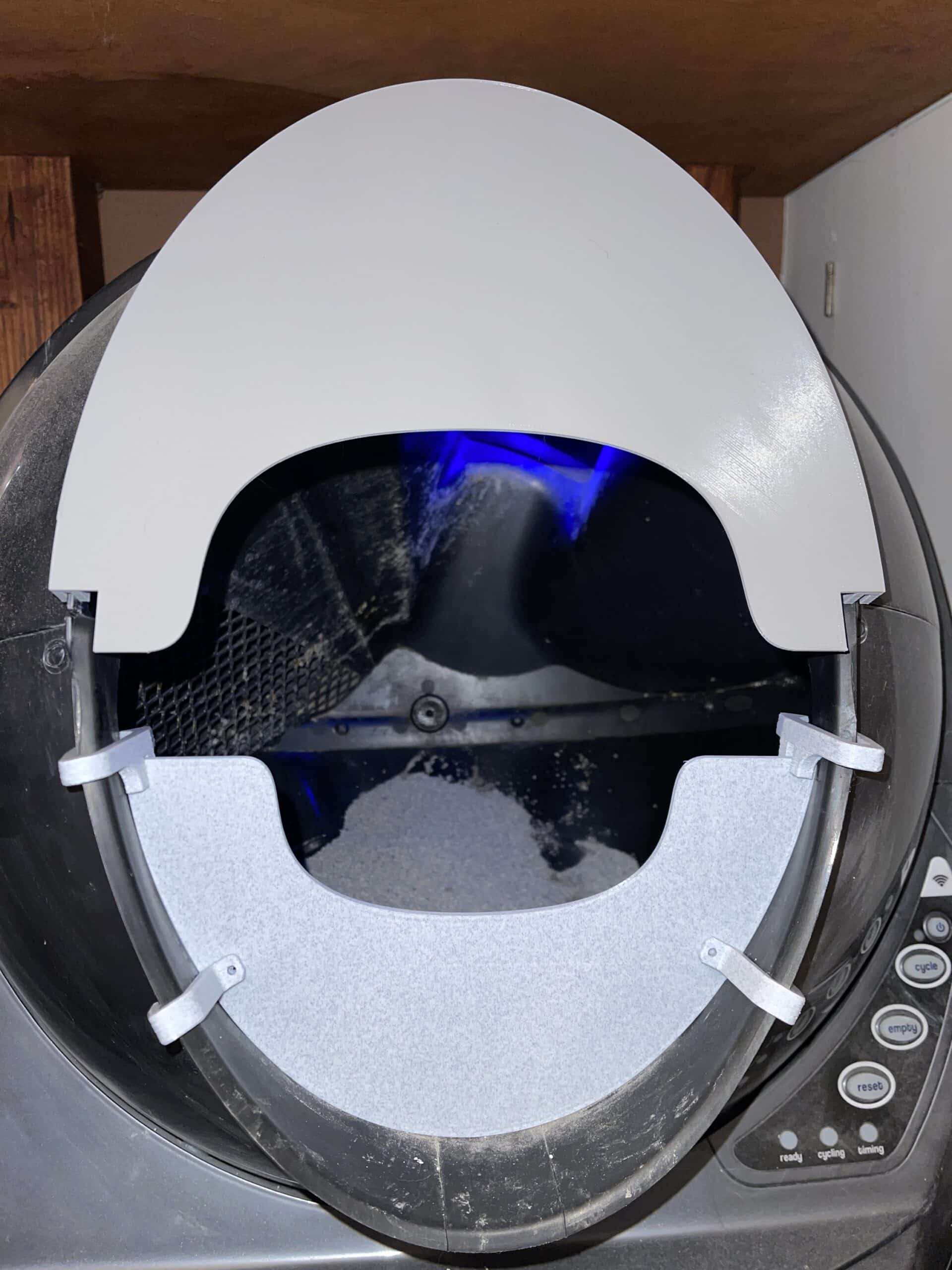
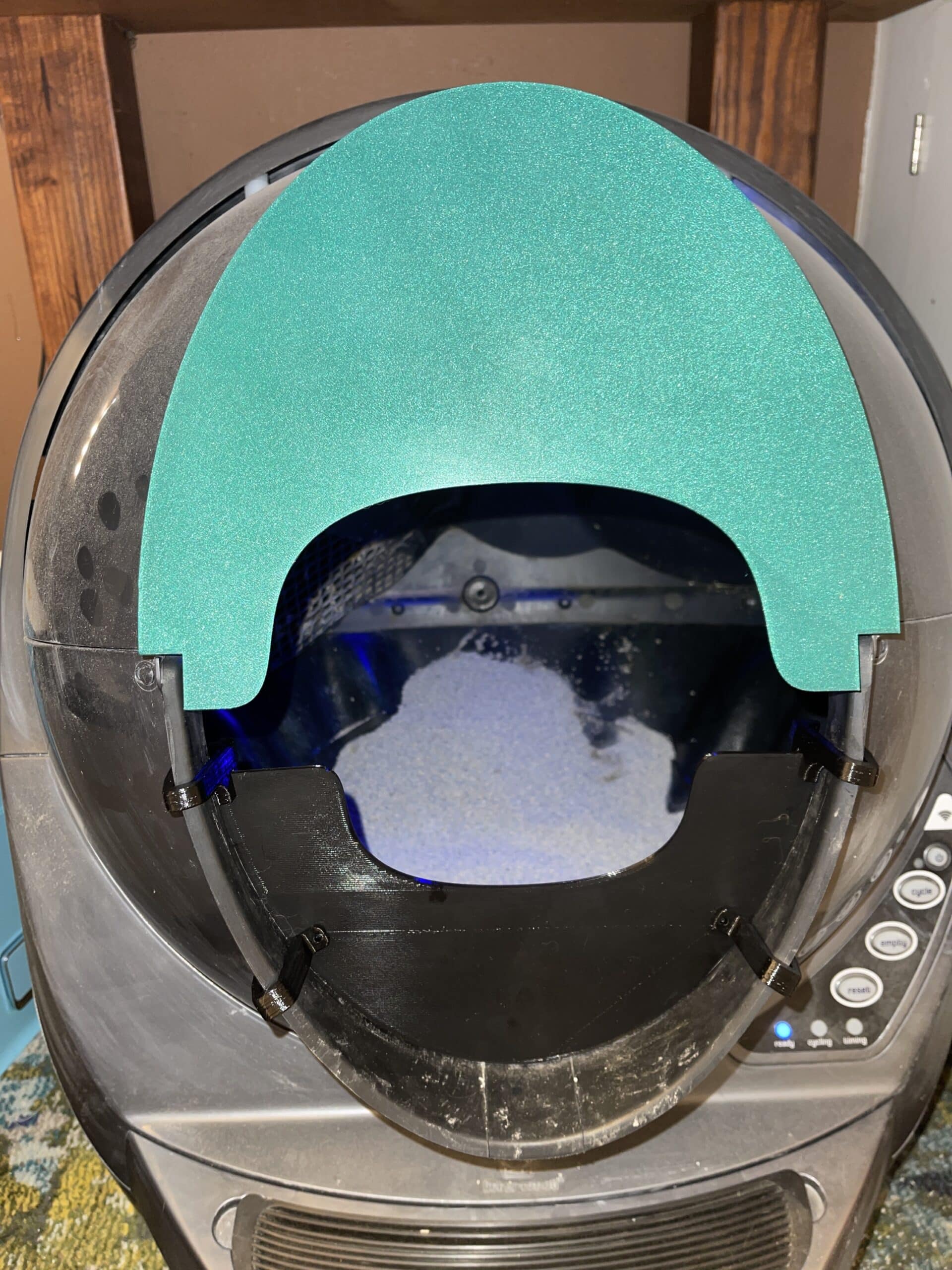
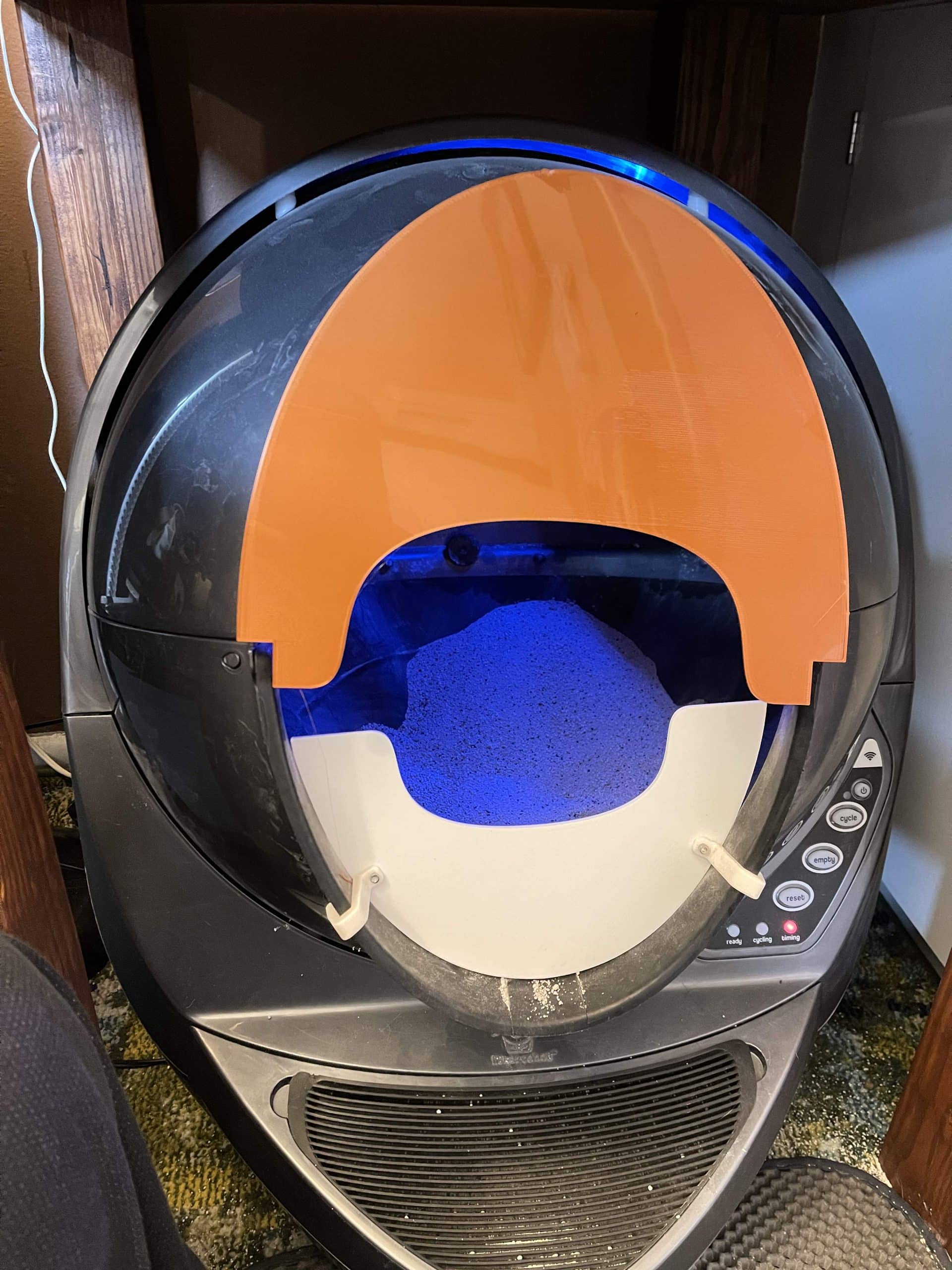
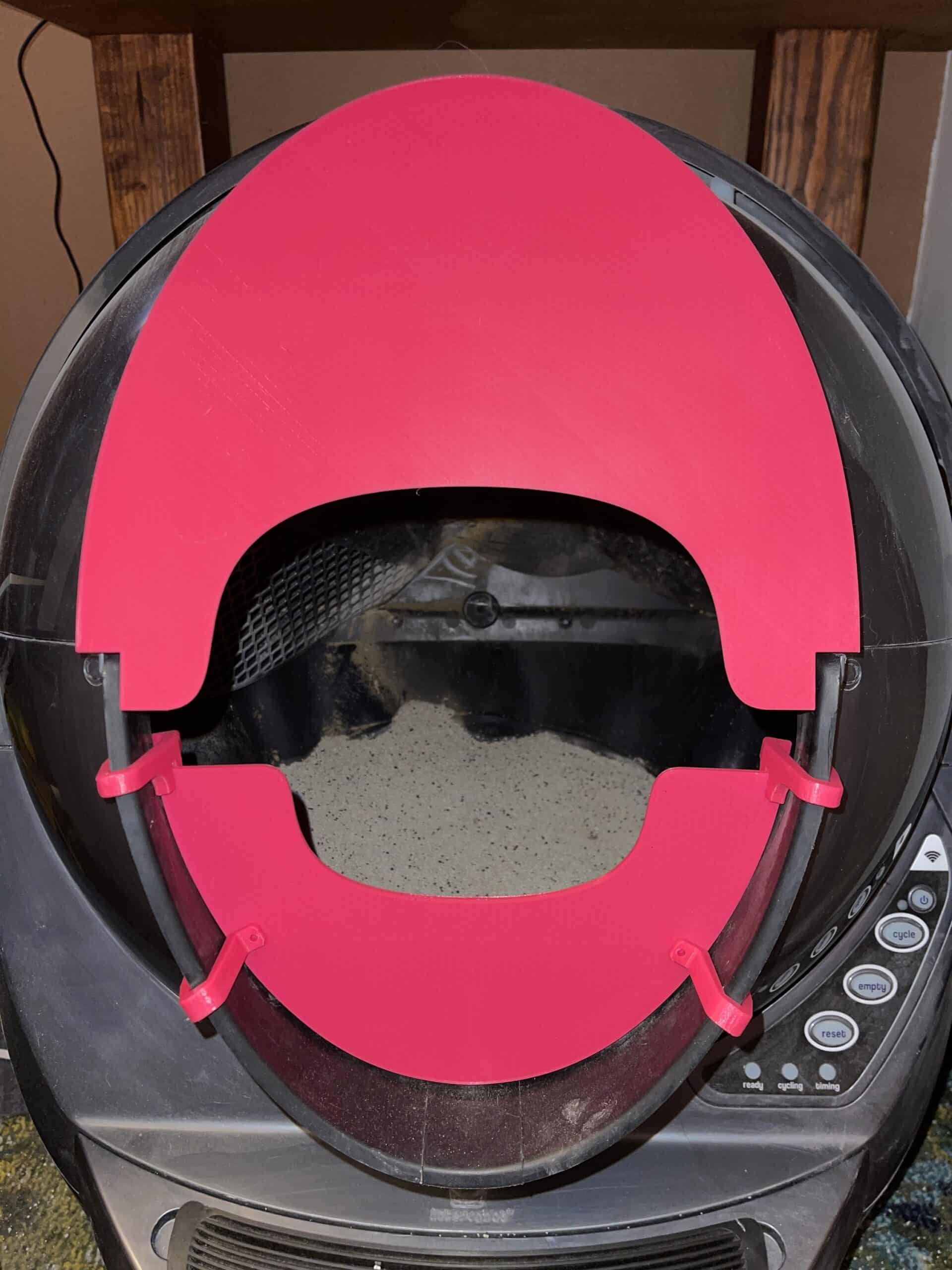
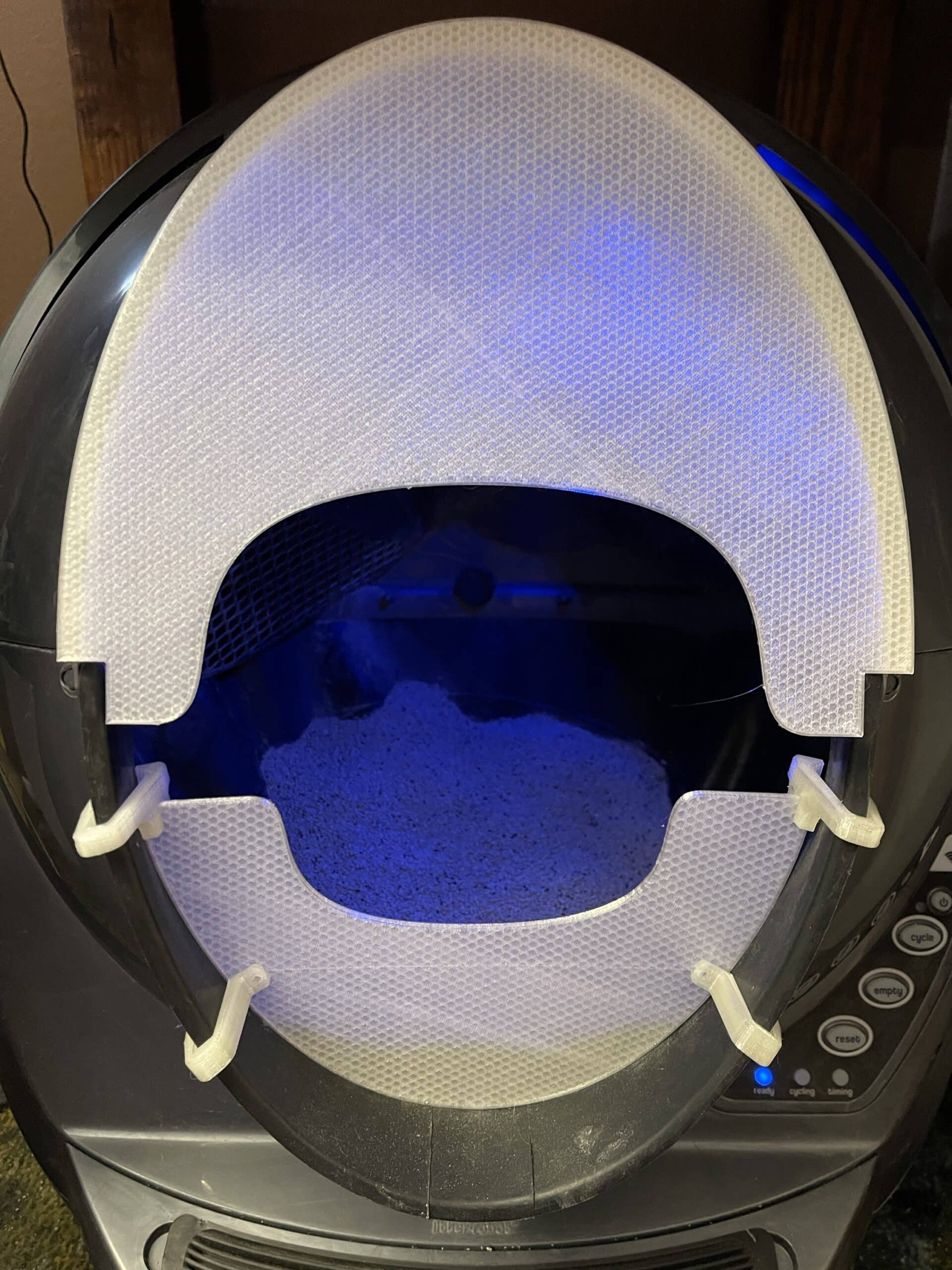
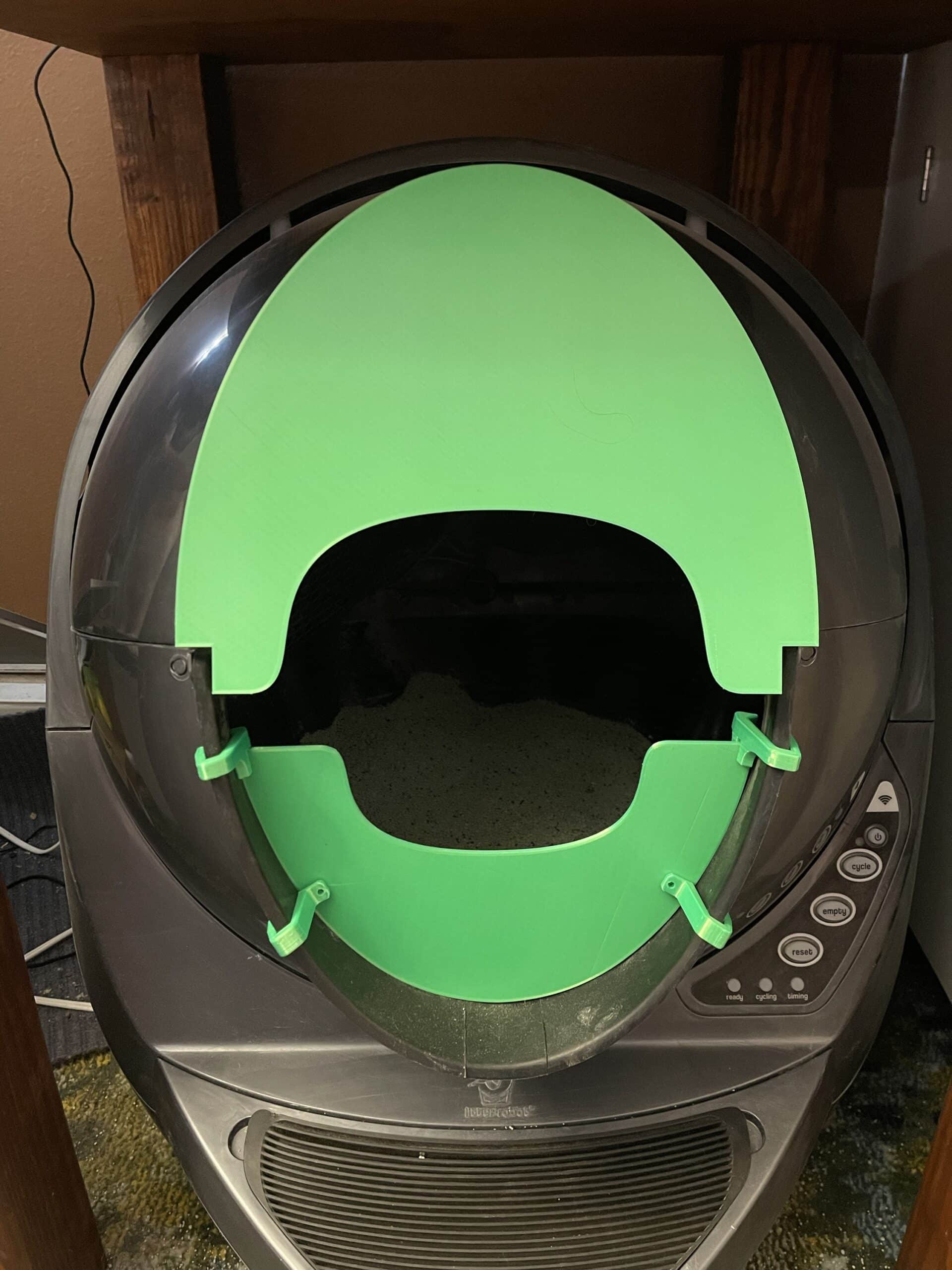
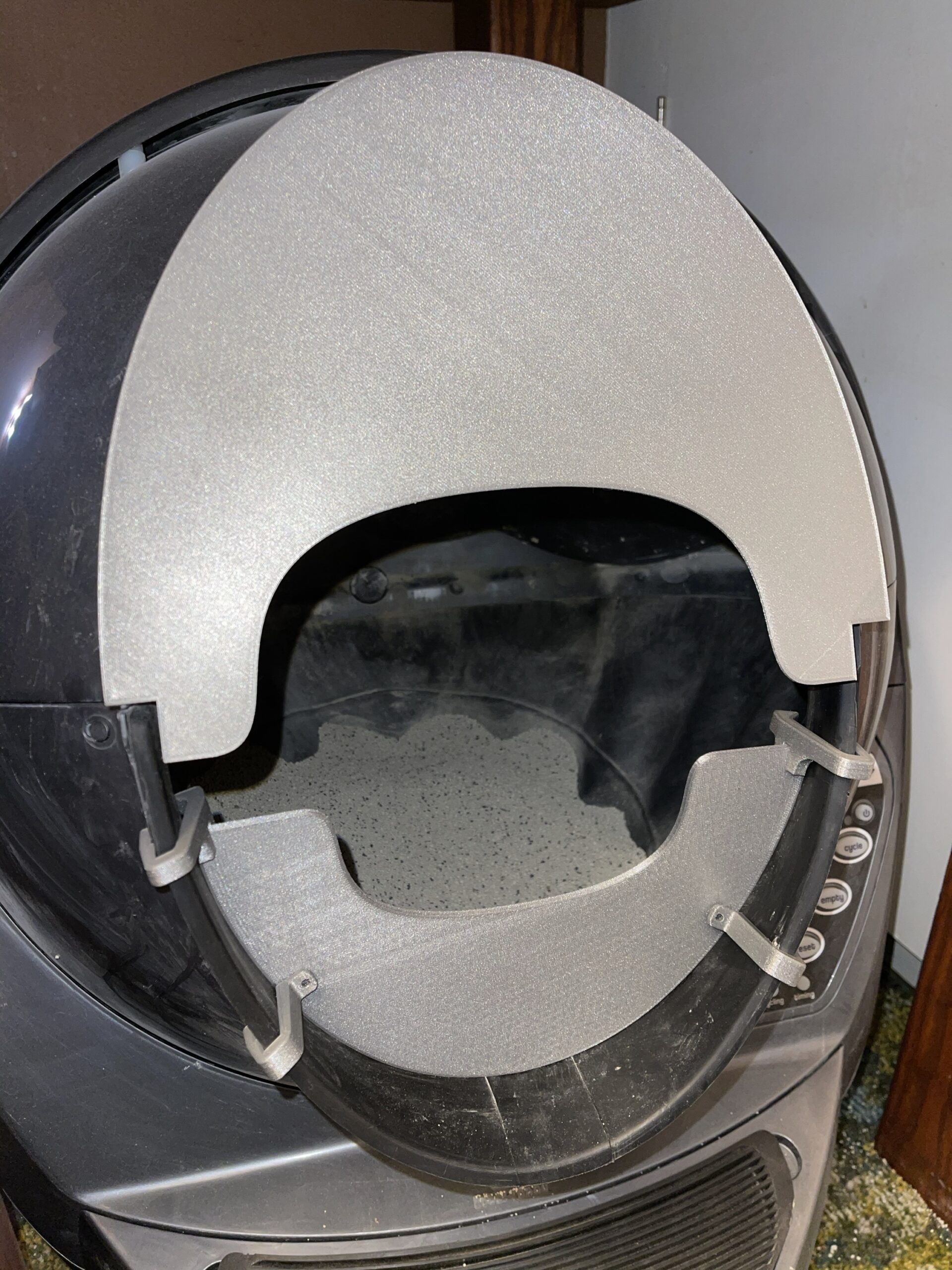
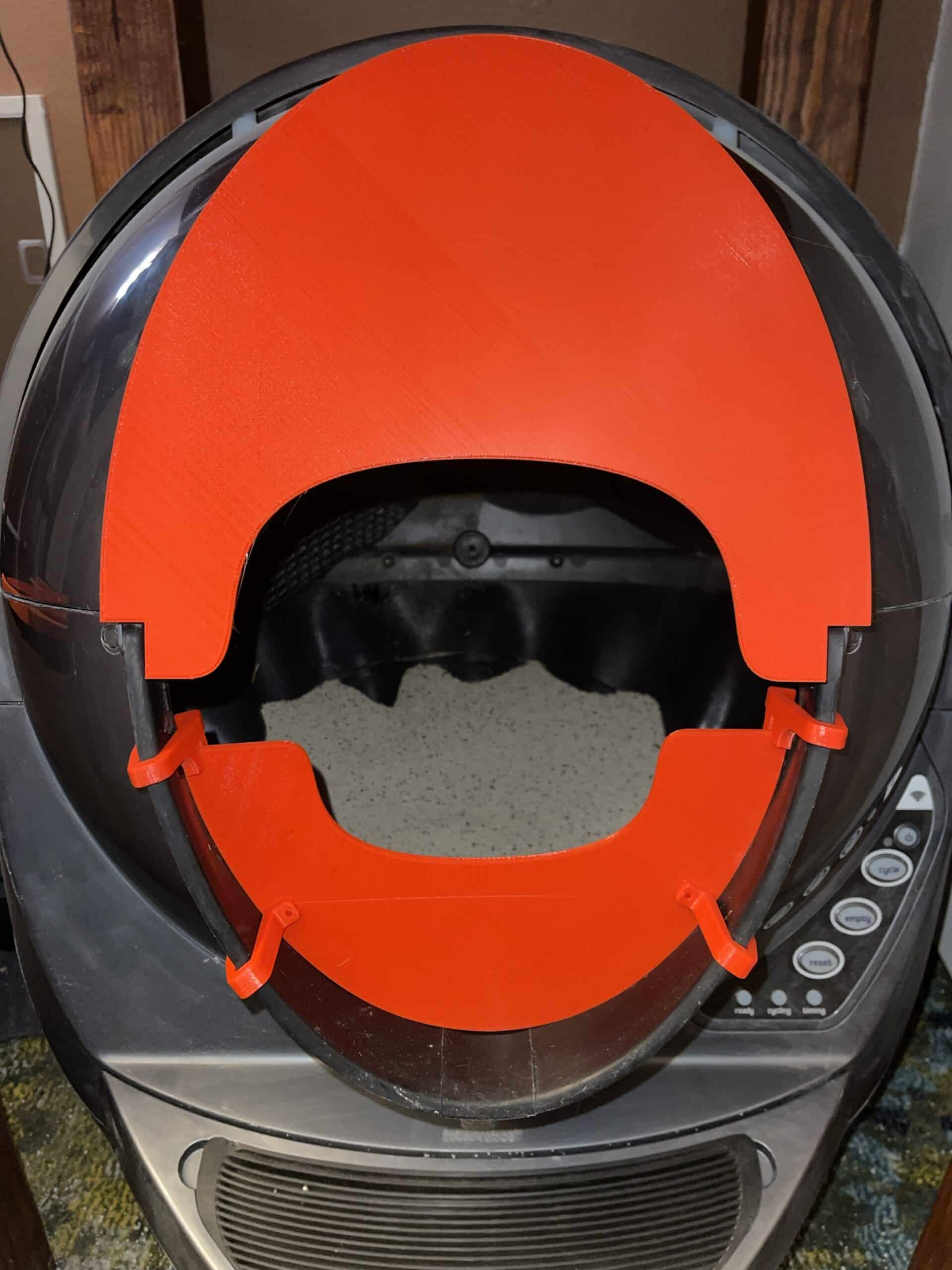
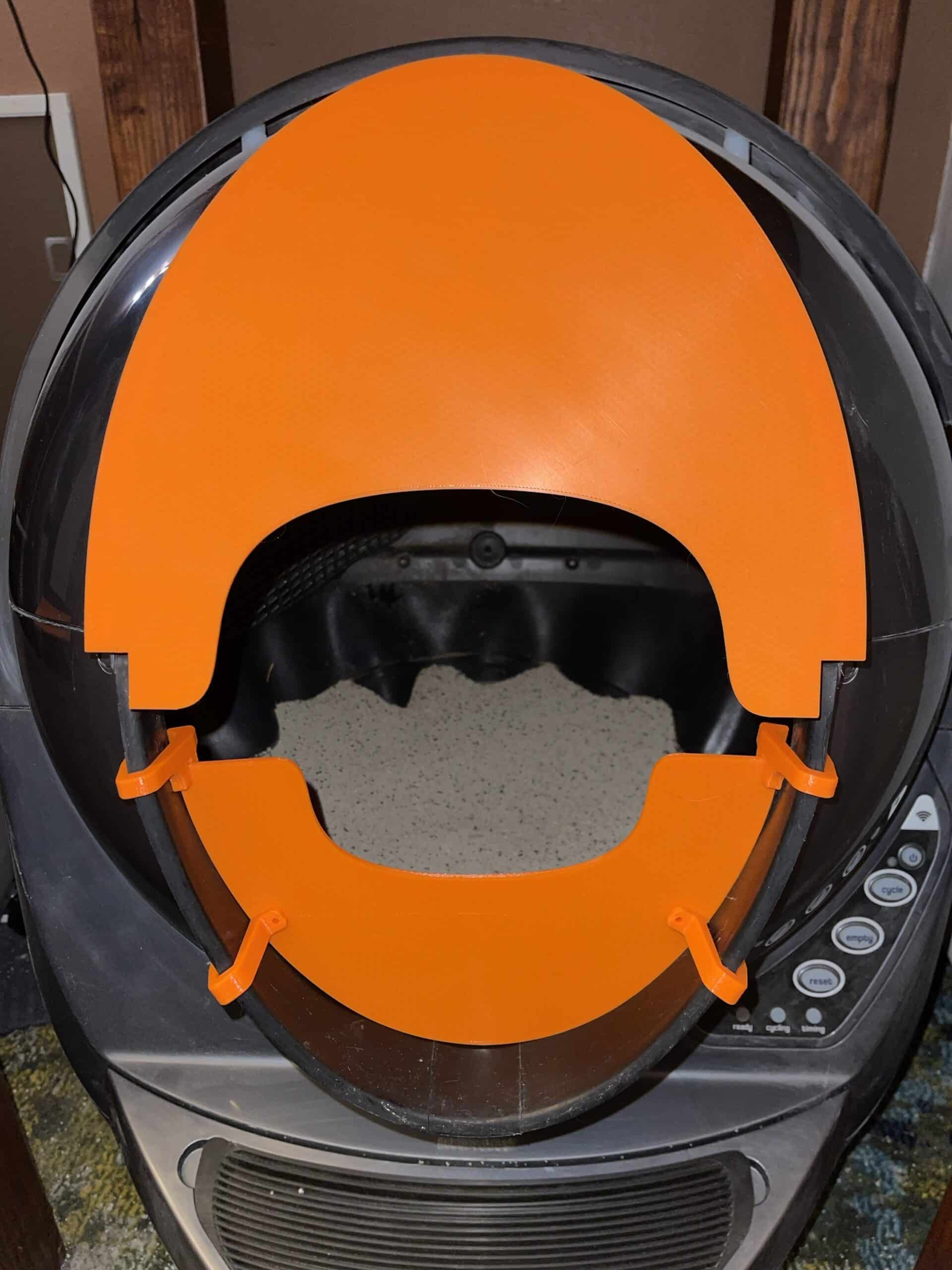

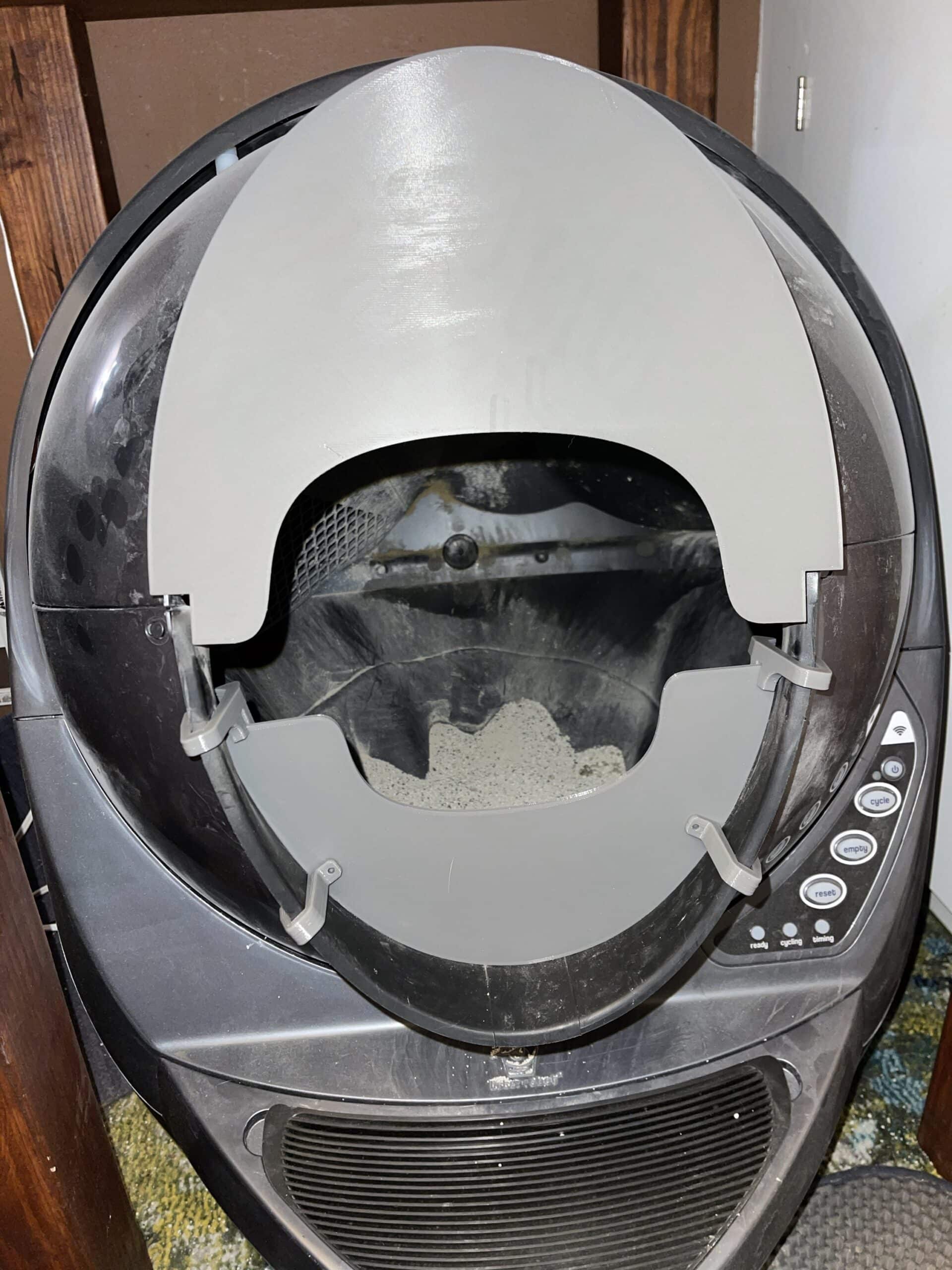
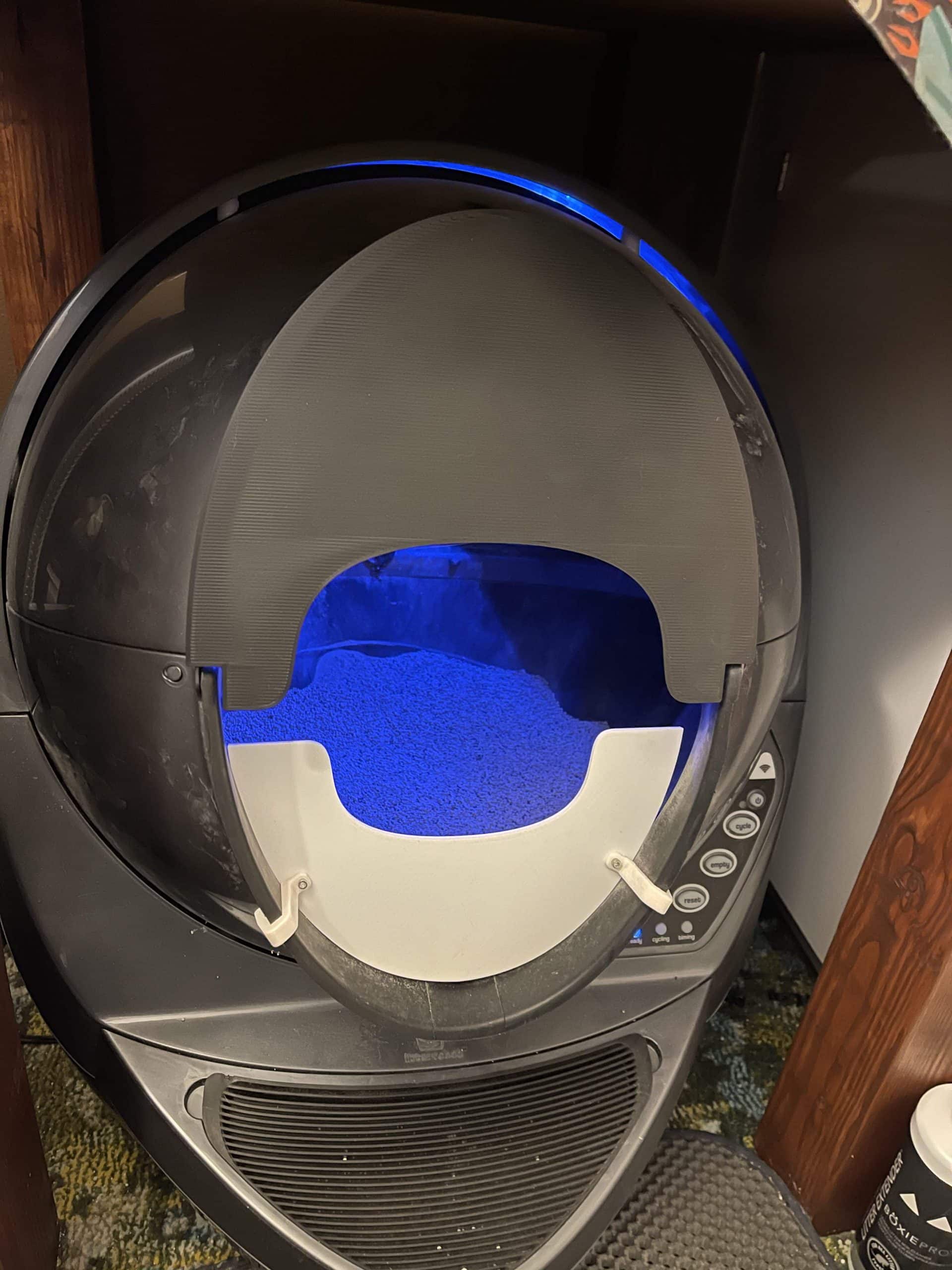
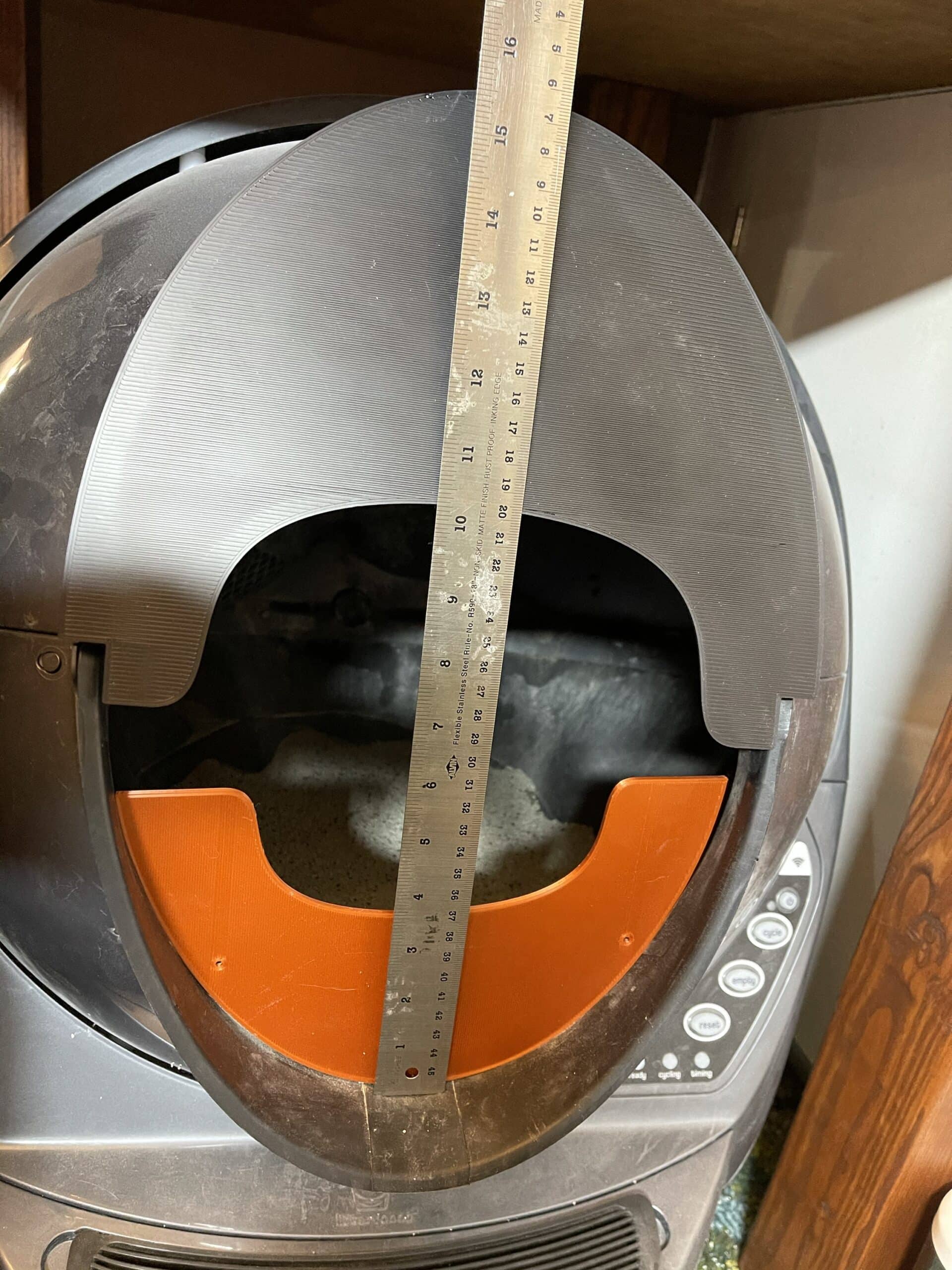
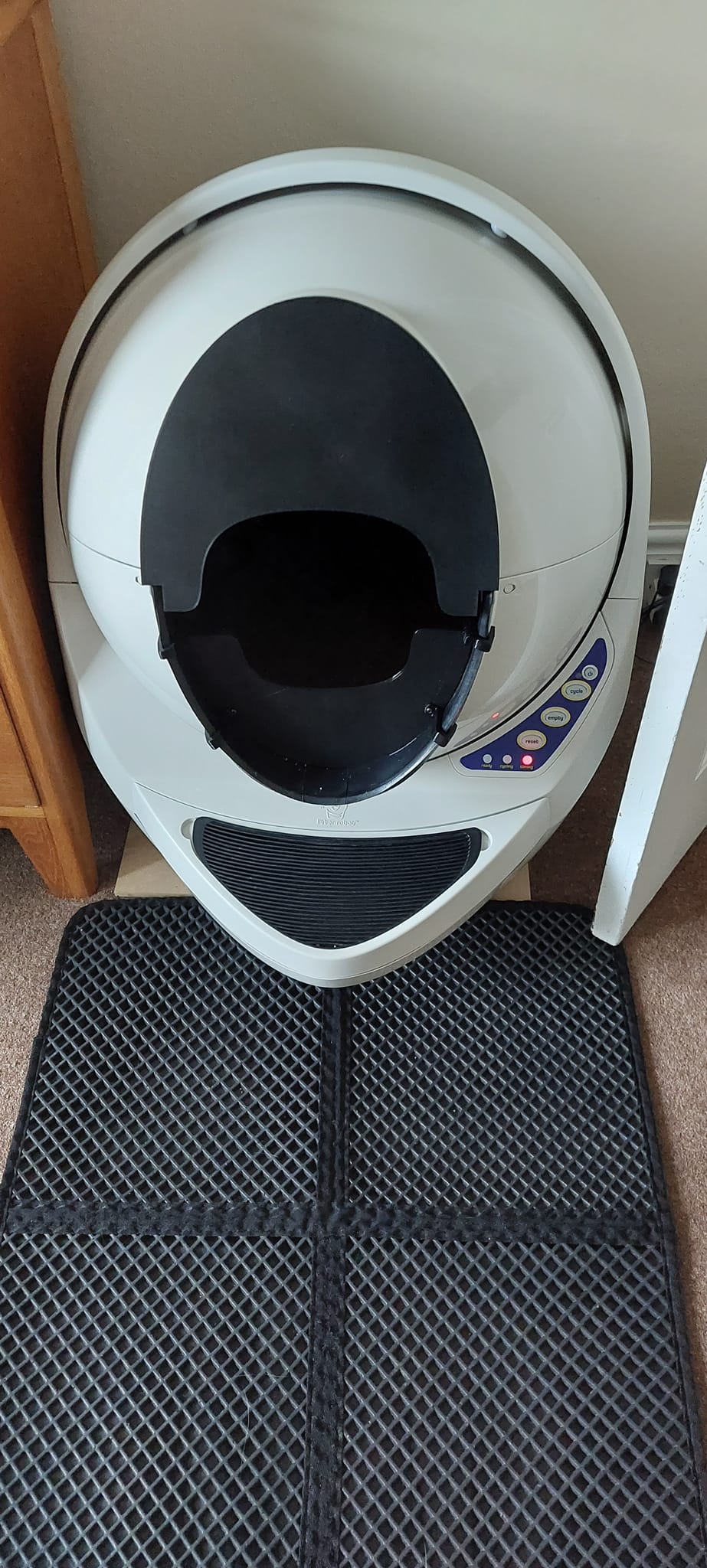


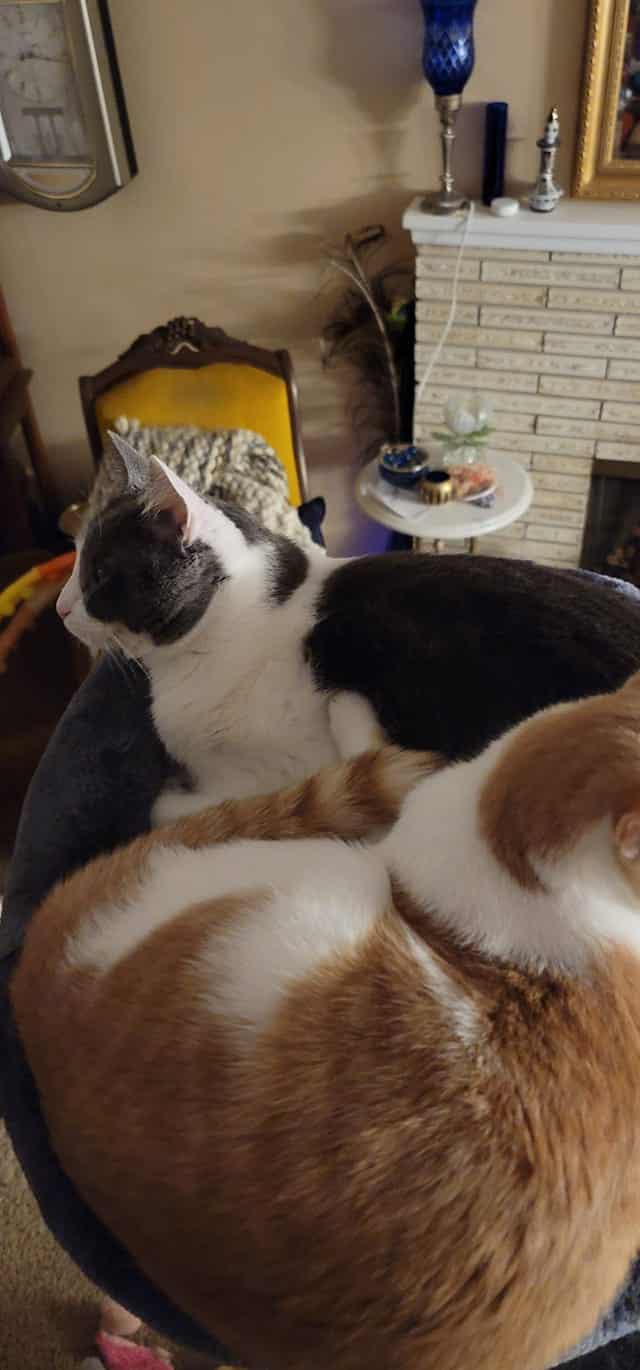



I was able to fit 'The Protector' guards very easily and my ragdolls didn't bat an eyelid, just carried on using it as they have done previously. 100% recommend